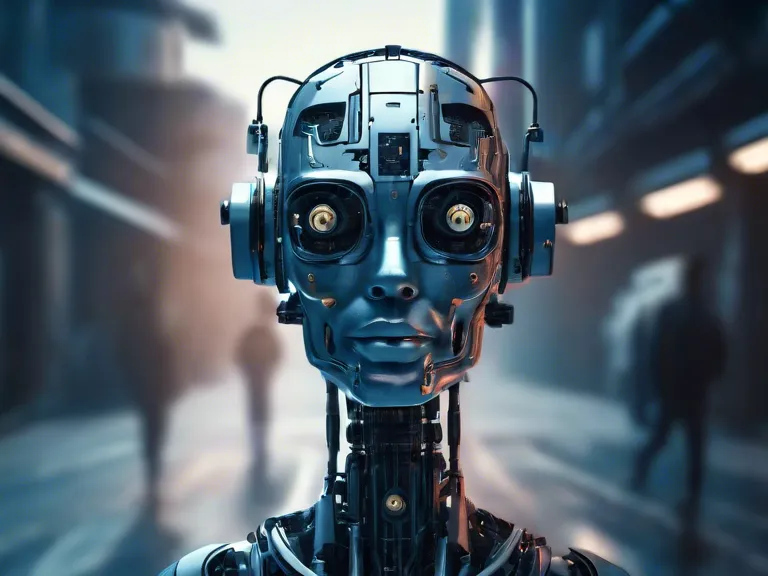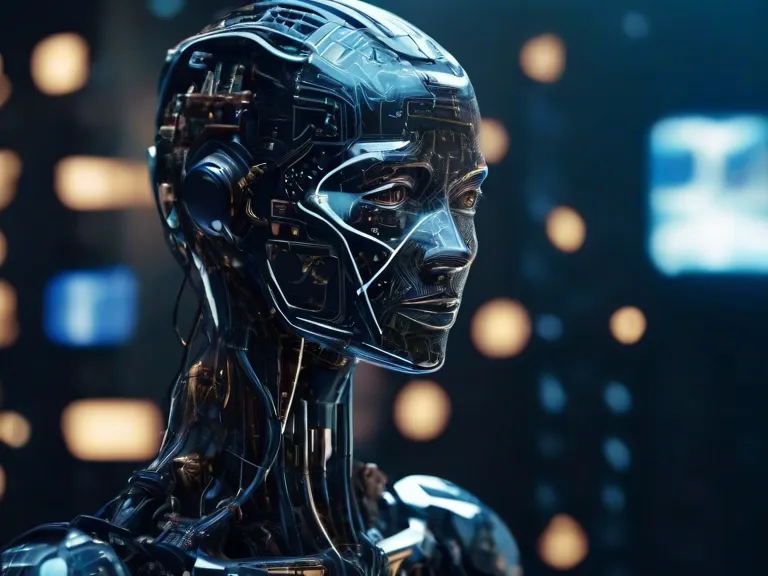
With the rapid advancements in technology, artificial intelligence (AI) is gradually making its way into various industries, including the film industry. AI is playing a significant role in shaping future film directorial techniques by revolutionizing the way movies are made and enhancing the creative process.
One way in which AI is influencing film directorial techniques is through the use of AI algorithms to analyze scripts and predict the success of a film. By analyzing the content of a script, AI can provide valuable insights to filmmakers regarding the potential audience reception of the film. This enables directors to make informed decisions about the creative direction of their projects.
AI is also being used in the pre-production phase of filmmaking to assist in casting decisions. By analyzing data on actors' previous performances and audience preferences, AI can suggest suitable cast members for a film. This helps in ensuring that the cast aligns with the vision of the director and enhances the overall quality of the film.
Furthermore, AI is being employed in the post-production phase to streamline the editing process. AI-powered editing tools can analyze footage, suggest edits, and even create visual effects. This not only speeds up the editing process but also allows directors to experiment with different editing styles and techniques.
In addition to these specific applications, AI is also shaping future film directorial techniques by providing filmmakers with access to vast amounts of data and information. By analyzing audience preferences, trends, and market demands, AI can help directors create films that resonate with viewers and maximize box office success.
Overall, the role of AI in shaping future film directorial techniques is undeniable. By leveraging the power of AI, filmmakers can enhance their creativity, streamline production processes, and create films that captivate audiences. As AI continues to evolve, we can expect to see even more innovative applications of this technology in the film industry.

